Every thriving brand has growth moments, but sometimes the most prominent names take a wrong turn. You heard it: billion-dollar empires spill big-time.
Think about it — there's soda that basically bottles nobody's happy face, plus gadgets that hit the floor faster than a pancake on a trampoline. You'd be surprised what the headlines used to say.
Now the plot twist: their flops become our cheat codes for winning. Grab the popcorn. We're about to hand you 10 classic brand bloopers (no shame, just lessons!) that tell the real stories about ego trips, missed innovations, and crowds the size of stadiums that weren't listened to.
Colgate Kitchen Entrees
Remember when Colgate decided to leap in the 1980s and launch a line of frozen meals? We are guessing you probably don’t, and that’s because the products enlisted in the marketing strategies spent most of their lives in obscurity.
The brand released products like frozen lasagna and microwaveable dinners, which starkly contrasted the products the brand associated itself with and further left a baffled consumer base perplexed.
As many foresaw, these products turned out to be misplaced and enjoyed a little monetary undesired recognition in history. As the brand failed to enforce any form of reconciling their enjoyed consumption of lasagne with a world of toothpaste, all notions regarding the product line garnished no further hopes.
Alongside losing monetary gains, Colgate lost due to decades of relying on oral hygiene products and reputation, causing the brand identity crisis and becoming the joke of advanced marketing strategy decisions.
Colgate
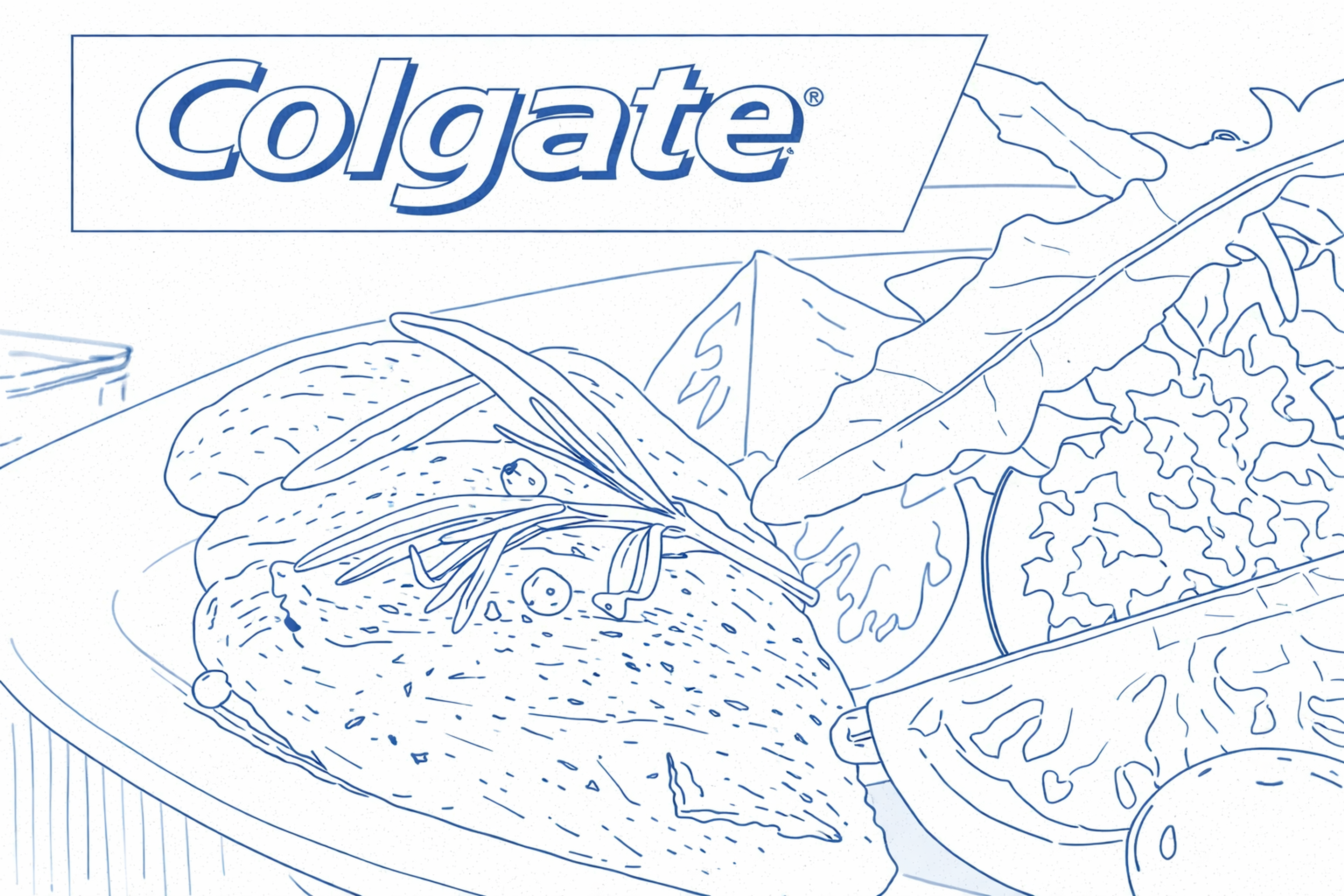
This lesson hits small businesses hardest. Your brand identity and reputation are your richest treasure. Sure, venturing into shiny new areas feels tempting, but don't lose sight of what customers already know and love.
Peeking into totally unrelated spaces without a loyal anchor usually backfires. Your audience feels confused, and trust slips away. When eyeing a new product line, know who your new crowd is, and hold onto your core brand values for dear life.
Colgate's frozen meals are the wild case study we didn't ask for. The lesson they didn't slap on a billboard could have been, "Diversification looks cool until it looks clueless." It's better to keep a tight brand picture than to stretch for new stars.
Growth that veers too far from what your brand stands for feels fake — like wearing the wrong uniform on game day. Move too far, and you might gamble away everything you've built brick by brick. Stick to your strengths, and let the growth come naturally — without the frozen lasagna.
Ford Edsel Marketing Failure
In 1957, Edsel arrived with fireworks, but it crashed before it could even taxi. Ford was convinced this model would shake up the car world, promising a breakthrough in style and tech that nobody else could match.
Encouraged by flashy selling theories, Ford plastered Edsel in every magazine and showroom, throwing heaps of cash at it. Analysts believed the lineup would dominate the premium market; no one else was even close to touching it.
Ford Edsel
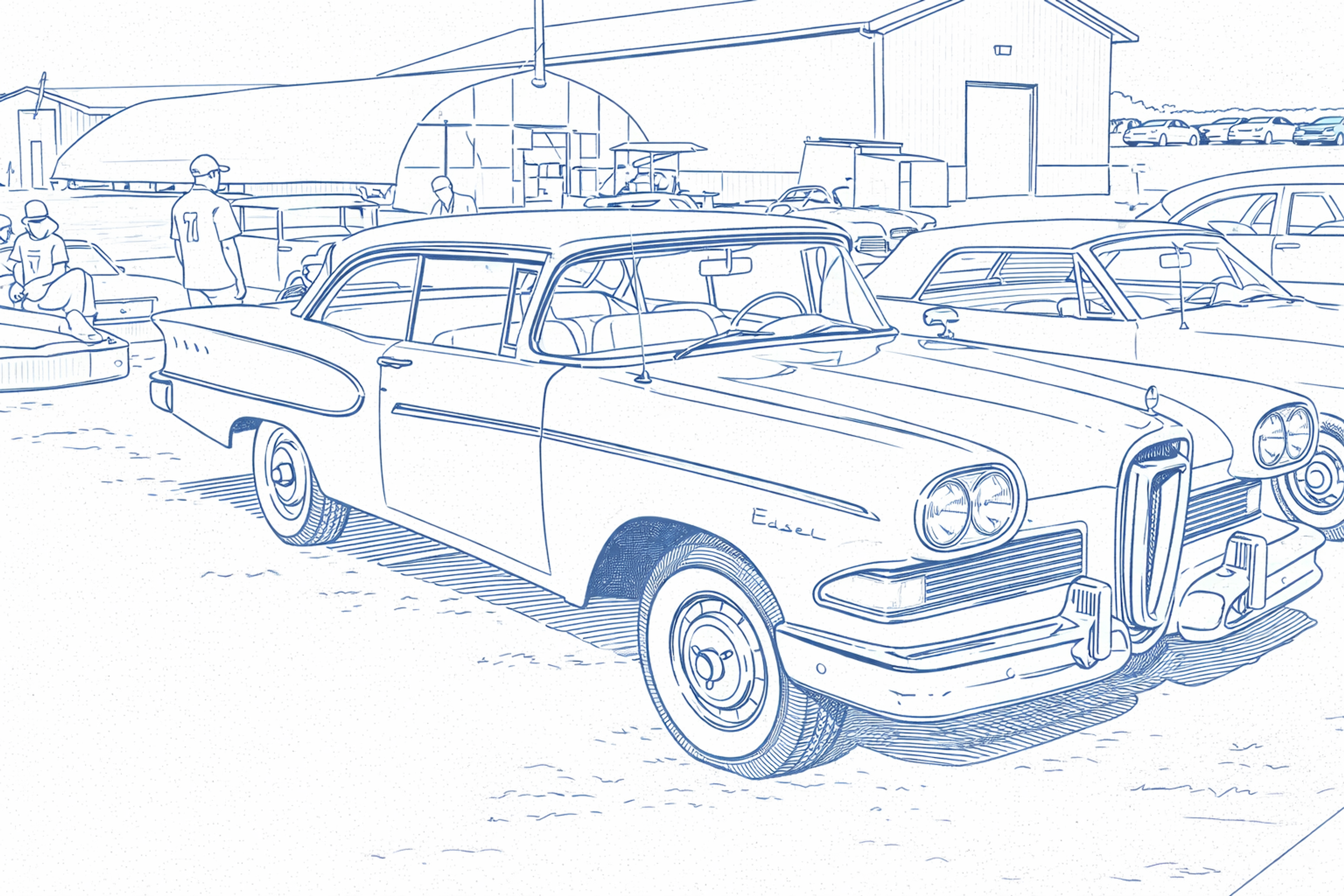
Instead, reality slapped Ford in the face. Costs climbed, but the promised luxury feature set wasn't delivered. Edsel stumbled in every way that mattered — performance, product promise, actual buyer interest, and looks that made experts frown. Instead of pioneering, it became a punch line.
This science project swallowed money. Ford had dumped billions in R&D and marketing before the word "failure" made headlines. A few years and a billion dollars later, the model was dead. Edsel cost Ford the kind of cash that makes historic footnotes.
The bigger lesson wasn't in the car's wobbly ride itself but in the lesson of premature fireworks. Ford had convinced itself that bragging was a substitute for real data. Nobody bothered to run the surveys, the focus groups, the pilot groups. Instead, the promise came before the market spoke, and the market had just one word: no.
When granted the opportunity to use Ford’s products, the public’s expectations were entirely different, and there was a bleak perception of Ford’s financial prospects.
The main point is that hype does not equal success. Hype can only get you so far, and a high-profile launch or flashy ad campaign will yield little long-lasting hope. Knowing the audience is crucial for small businesses with limited resources.
Researching the market, validating demand, and understanding customer needs is vital before launching a new product or service. It’s prudent to never make assumptions about what people want.
If you can prove a concept with surveys, focus groups, or even pilot launches, then you will be able to measure actual interest. Succeeding in proving demand lowers the chances of costly mistakes and ultimately allows for tailoring to the audiences.
Hoverboards
Remember hoverboards? In 2015, they appeared and created instant buzz among gadget fans, kids, and even grown-ups. The media caught fire. Soon, every holiday market felt flooded with flashy hoverboards.
The boards became the must-have gadget. Shoppers formed huge lines, boards flying off shelves, and for months, the "next big thing" felt undeniable. But behind the hype, simple, early data shows the full market picture, steady sales — just in time.
Hoverboards
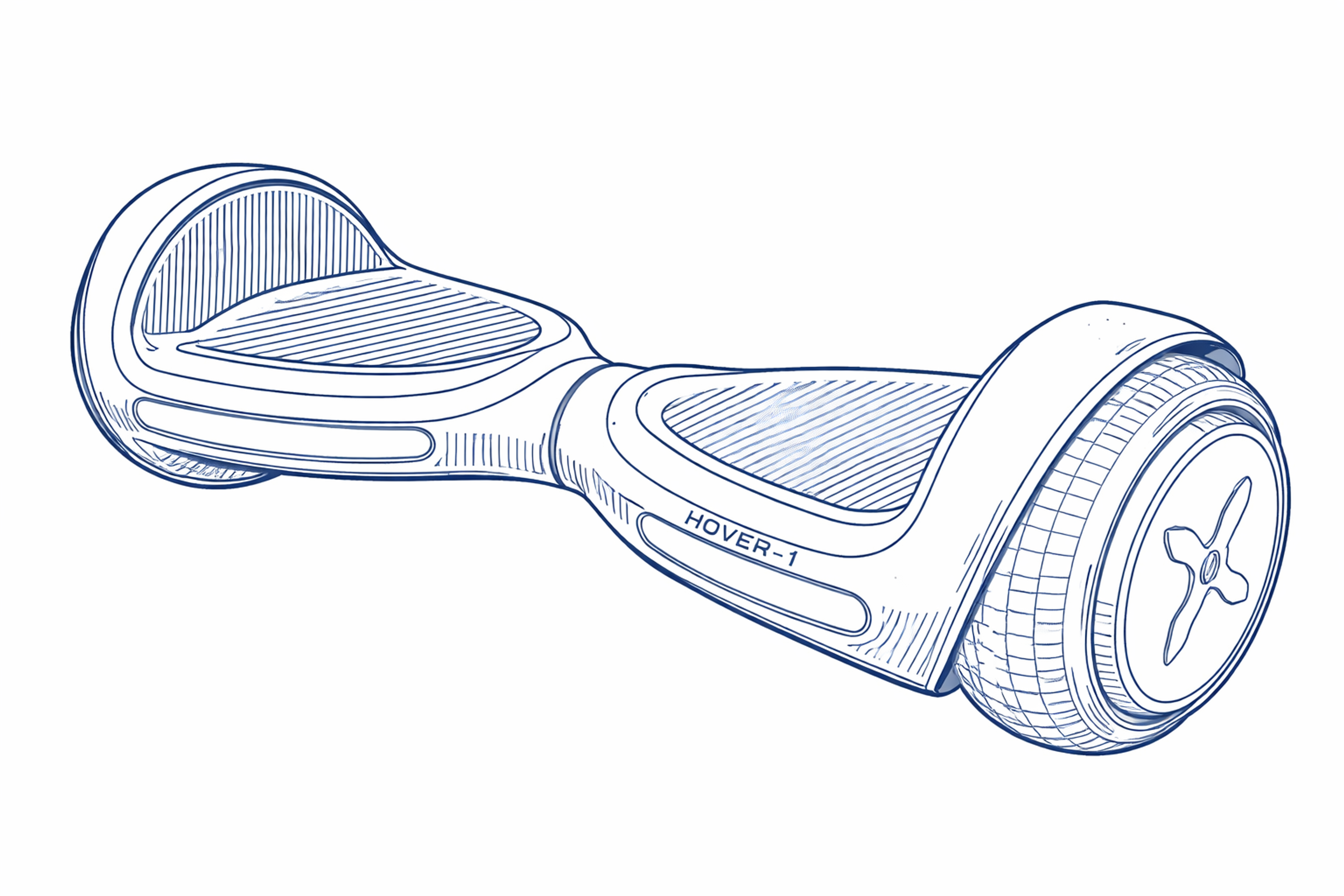
Things went sideways way too fast. Everyone got excited about self-balancing scooters, but we quickly learned that their lithium-ion batteries could catch fire, and in rare but shocking cases, even explode.
Shoppers went from wanting a trendy gift to watching the same scooters burn in stores. Retailers had to pull them off the shelf, making the hoverboard the shiny toy that the public now views with suspicion. Reports like these triggered a wave of worry and heated social media posts, and honestly, many of us began to wonder if the risk was worth a speedy ride.
The gadgets that seemed to conquer sidewalks overnight now had serious questions hanging overhead. People started rereading user guides and posts, and the trend that once seemed invincible was put on an unplanned timeout.
The whole meltdown didn't happen in silos — manufacturers had to learn fast. New specs focus on heat management, reinforced packs, and the promise of "no flames in the living room, please." Engineers in the lab ask a tricky question: how do we keep the "wow" from becoming a "whoa, back off"?
The bottom line is that scooters and boards still sway on those glorious two wheels, but we all now know they've got memory, too — memory of stores that had to roll out fire drills. Adding tougher batteries and tight specs is the only way to flip the worry line back to the product page.
The highlighted part really says it all. It shows why the EU — and similar groups — must step up to give clear safety lines to hoverboard makers. We need strict safety rules only for the "tackle and roll" tricks.
That means keeping flashy brands as they are and not locking them inside boring red lights. The goal is to keep the cool mix of tech and art that hoverboard makers love while keeping riders safe.
MoviePass
The entertainment world remembered and embraced MoviePass when it offered unlimited movies for only $10 a month. It seemed like the best deal ever for movie lovers, who could watch their desired films without limit for a fraction of the price. The company's rapidly increasing subscriber count showcased the immense popularity of its service, and the advertisement blitz MoviePass was keen on.
MoviePass
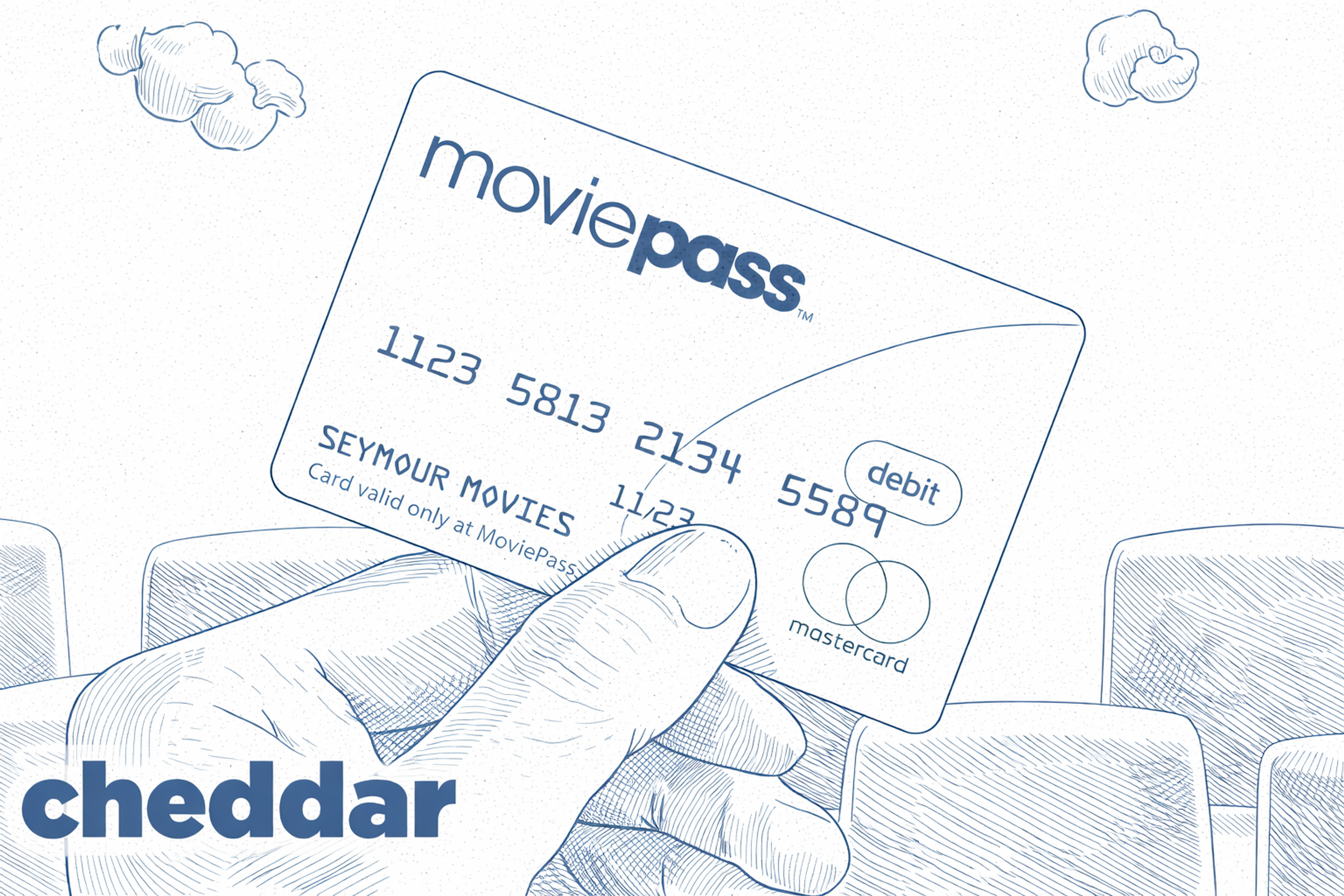
However, things weren't as rosy as they seemed. The MoviePass subscription-induced thrill turned out to be a not-so-subtle, self-destructing hazard. A few months ago, the subscription model was predictably deep in the watery business bankruptcy, and the features couldn't pay for the access.
The year following the subscription boom, we quickly began to see financial losses, escalating service disruptions, and a substantial decrease in user activity as the brand collapsed under the strain of its failing strategy.
A constant focus on sustainability fosters real long-term success. Regarding productivity and profit-generating levels, avoid the "growth at all costs" mentality. Boundless expansion with no safety net can be deadly for a small business, and a growth model that is not well thought out can quickly lead to disaster.
Like everything in life, moderation is key. Design a business strategy. It must withstand the test of time and, hence, should be sustainable, not just scalable. Everlasting success needs to be built step by step while ensuring financial security comes first. This shields us from the risks of uncontrolled expansion and prepares us for a safer, more durable tomorrow.
Sears
Sears was once the crown jewel of American retail, but it couldn’t react fast enough when shoppers changed their habits and online shopping took off. The chain dominated the landscape for years, serving as the go-to spot for everything from refrigerators to jeans.
The landscape shifted when Amazon, Walmart, and Target poured money into e-commerce, creating fast, seamless shopping experiences. While competitors raced ahead, Sears left its website and app in the early 2000s — clunky, slow, and lacking the features shoppers now expect, like cross-channel syncing between web and store.
Sears
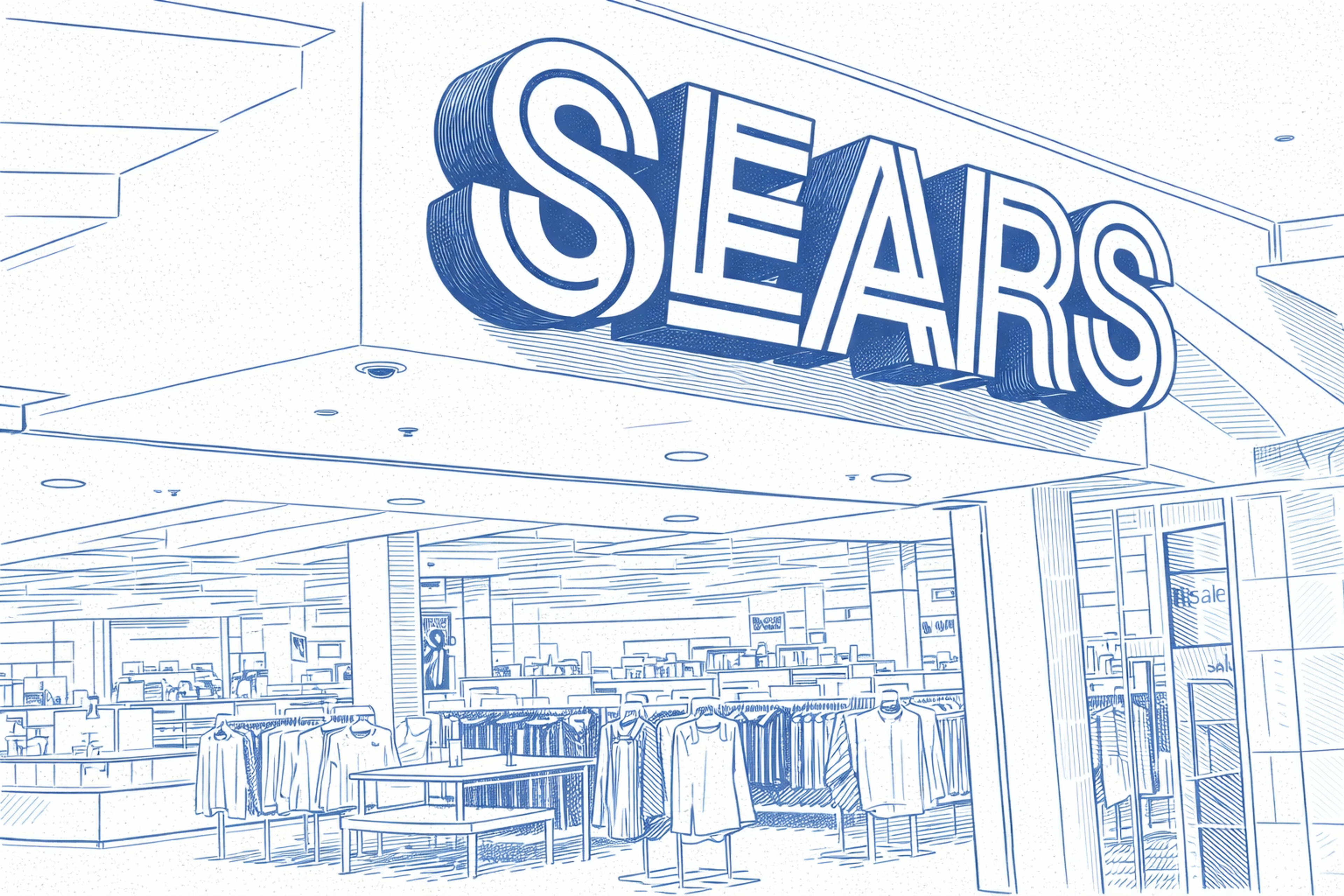
Stores sat untouched, filled with outdated fixtures and dim lighting. Stale layouts offered little reason to browse in person when click-and-collect was handled more slickly elsewhere. Frustrated, loyal customers drifted to rivals, online revenues shrank, and foot traffic dropped. The downward spiral culminated in 2018 when Sears filed for bankruptcy.
The chain’s collapse became a cautionary tale. Retailers today must constantly experiment and upgrade. A once-famous brand, sturdy supply chain, or decades of foot traffic in the rearview mirror mean little if a company doesn’t embrace the next tool customers are adopting.
To succeed today, you need a website that loads quickly, clear paths for visitors, and options that are tailored to what individual customers want. If you’re missing online shopping and your in-store staff can’t deliver helpful, fast service, your chances of survival drop fast in a market that won’t wait for you.
Retail never stops changing. New features, tools, and customer desires arrive daily. Stand still long enough, and you’ll be left in yesterday’s news. The decline of Sears is a clear warning against letting yesterday’s success shield you; continuous upgrades and fresh ideas keep a brand in business.
Google+
In 2011, the tech giant Google initiated a social media project dubbed Google+ to compete with Facebook. Many believed that using Google’s massive resources, industry knowledge, and brand reputation would allow Google+ to challenge Facebook head-on. Unfortunately, the platform mainly was unable to draw in users. It did not offer compelling incentives to change from Facebook or present itself as unique.
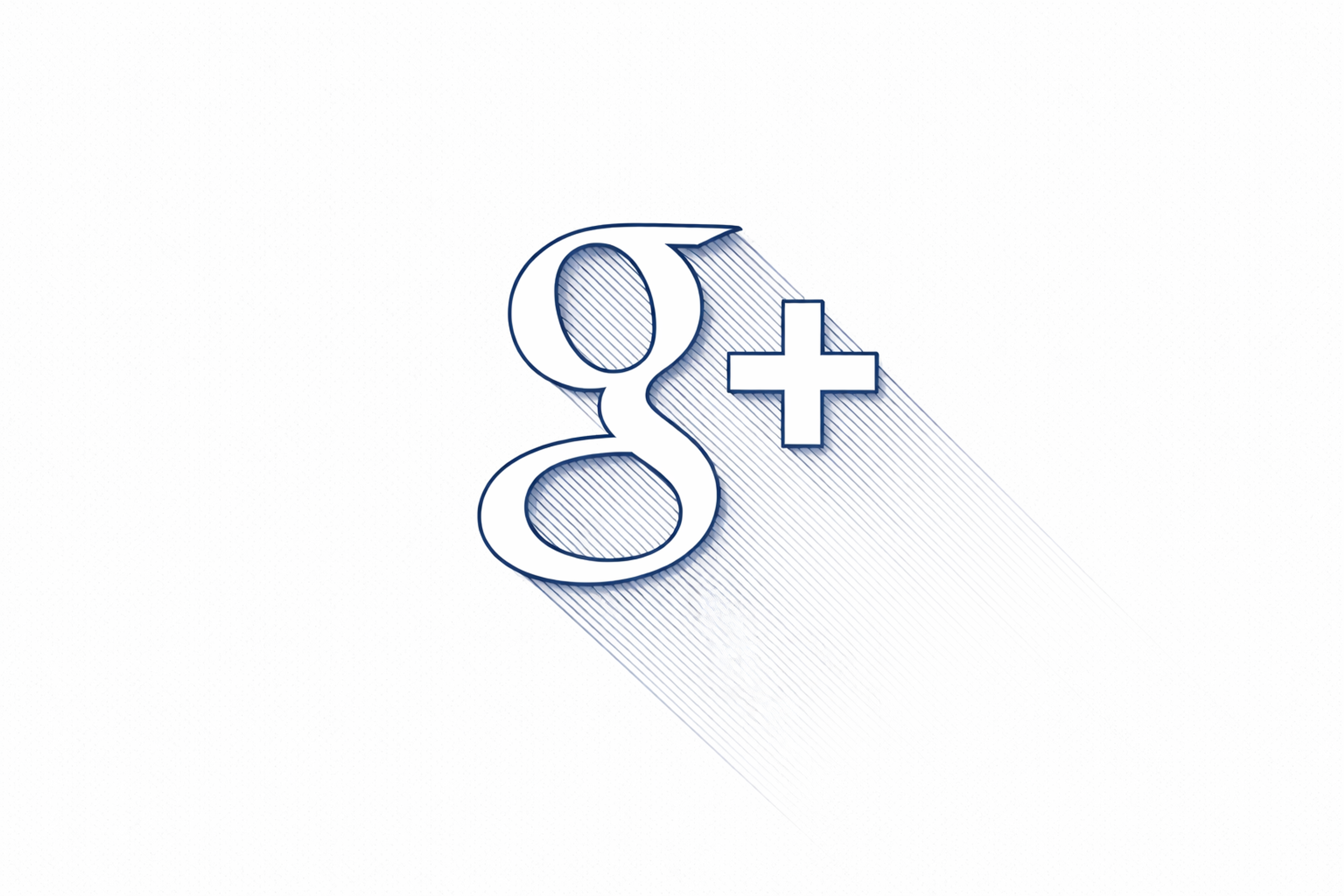
Even with multiple redesigns and integration with Gmail and YouTube, Google+ was unable to retain users. Despite being funded by one of the largest tech companies, the platform never reached the level of engagement or popularity as its rivals. Google+ was once touted as a revolutionary platform but has since slowly faded away before being completely shut down in 2019.
This is an example where we can learn something new. Success across all branches of technology is not guaranteed to go hand in hand. Google’s specialization in search engines and emails did not allow the company to succeed in social media. To successfully launch a product, it is essential to understand market conditions, customer behavior, and competition.
The most important steps are addressing gaps in the marketplace and outlining a compelling reason to buy. Simply adding a product to an already existing ecosystem does not work. Users need a strong reason to switch.
Innovations and ambitions alone have never guaranteed success, which is why the story of Google+ still reminds us. Alongside these features, planning, research, understanding the competitive landscape, and, most importantly, the users’ needs are crucial.
Blackberry
BlackBerry had a loyal fan base that never wavered, but that loyalty came into question after the company dealt with a massive service outage. A sudden power trouble inside the main servers simultaneously shut down email, messaging, and even basic web access. Users who trusted the brand for constant reliability suddenly felt let down, and the incident dealt a painful blow to its once-ironclad reputation.
While some fans still defended the brand, BlackBerry's decisions felt like a slow-motion wreck. Each move reinforced the idea that it was falling short on the promises that had built its appeal in the first place.
Blackberry
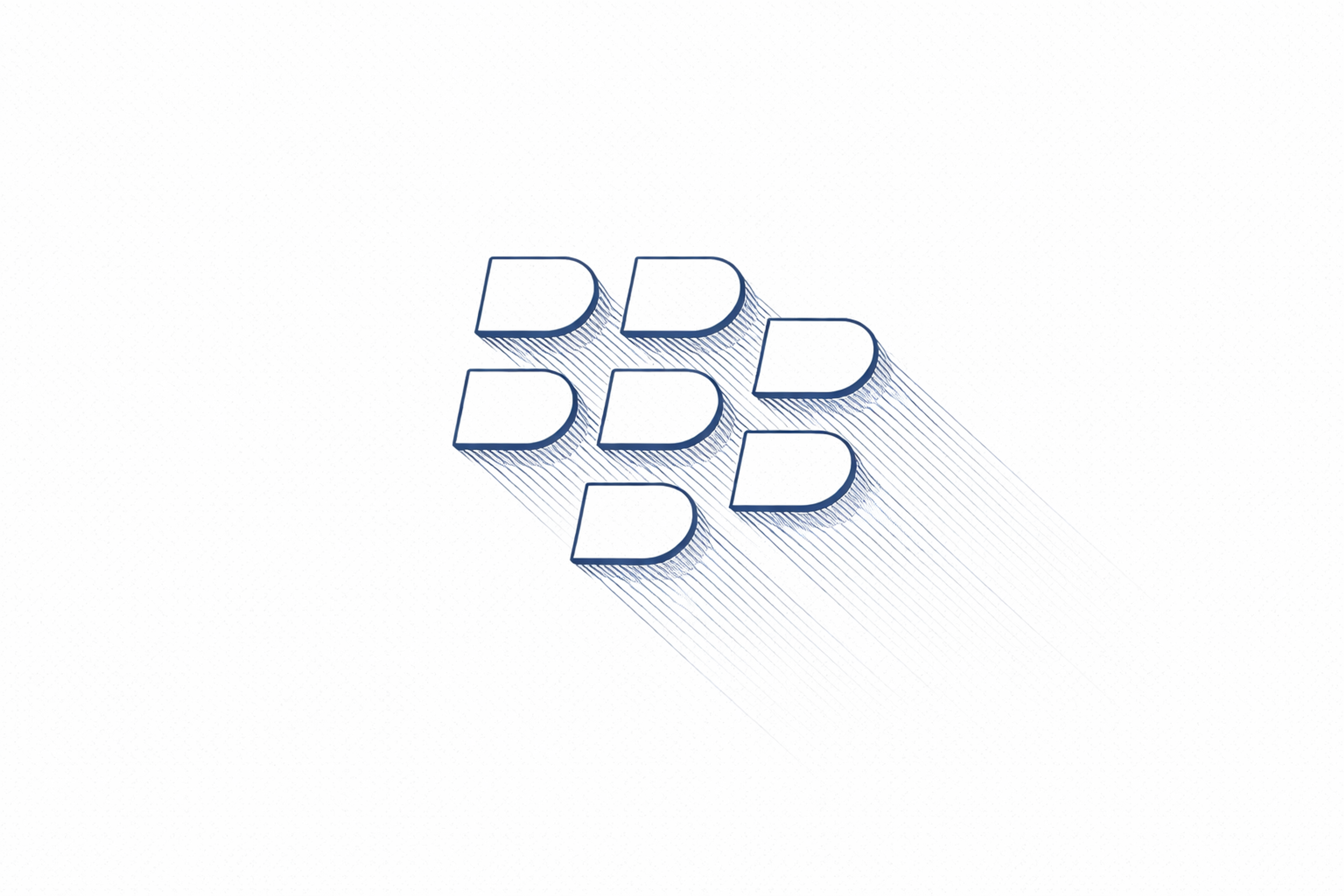
The challenge was layered and straightforward: BlackBerry needed to showcase an asset strong enough to rival whatever Apple was baking — the operating system, a cloud service, or that still-great hardware keyboard that defined their early success. Apple had set a new bar, so why should the world keep a seat at BlackBerry's table?
The company couldn't afford to promise reliability; it had to deliver it daily. Obsessed followers had switched the minute devices let them down, so a "just wait and see" strategy was a guaranteed exit visa.
BlackBerry had to "repair" stuff instantly, erase the "end of the world" buzzphrase from every meeting, and set bulletproof goals that both the market and the employees could see were reachable. Accountability was the new comforting quilt: "Once a week, we tell you where we are, blemishes and all." Trust would be rebuilt once the company publicly acknowledged and corrected its flaws.
BlackBerry 10 emerged as the response. It came with a shiny OS that talked a big game — promised lightning browsing, smoother apps, and the whole package that would put the past to bed. The system's parts performed better, but the overall impression did not. The dent from earlier mistakes refused to buff out.
The market kept racing ahead. BlackBerry 10 nudged the needle north, but the lift wasn't enough to erase years of doubt. The device still averaged reliability runs, and the "innovation" tagline had become a whisper. The harsh truth was simple: momentum outpaces defensive plays every time in tech.
Bud Light
It first captured headlines when it aired a Super Bowl advertisement promoting its new high-alcohol beer, Bud Light Platinum. Shortly after, consumers were familiarized with other versions like Bud Light Lime-a-Rita, and Bud Light Golden Wheat was quietly sidelined. The flood of new products, which all differed from each other, left customers perplexed as to what Bud Light stood for.
Bud Light
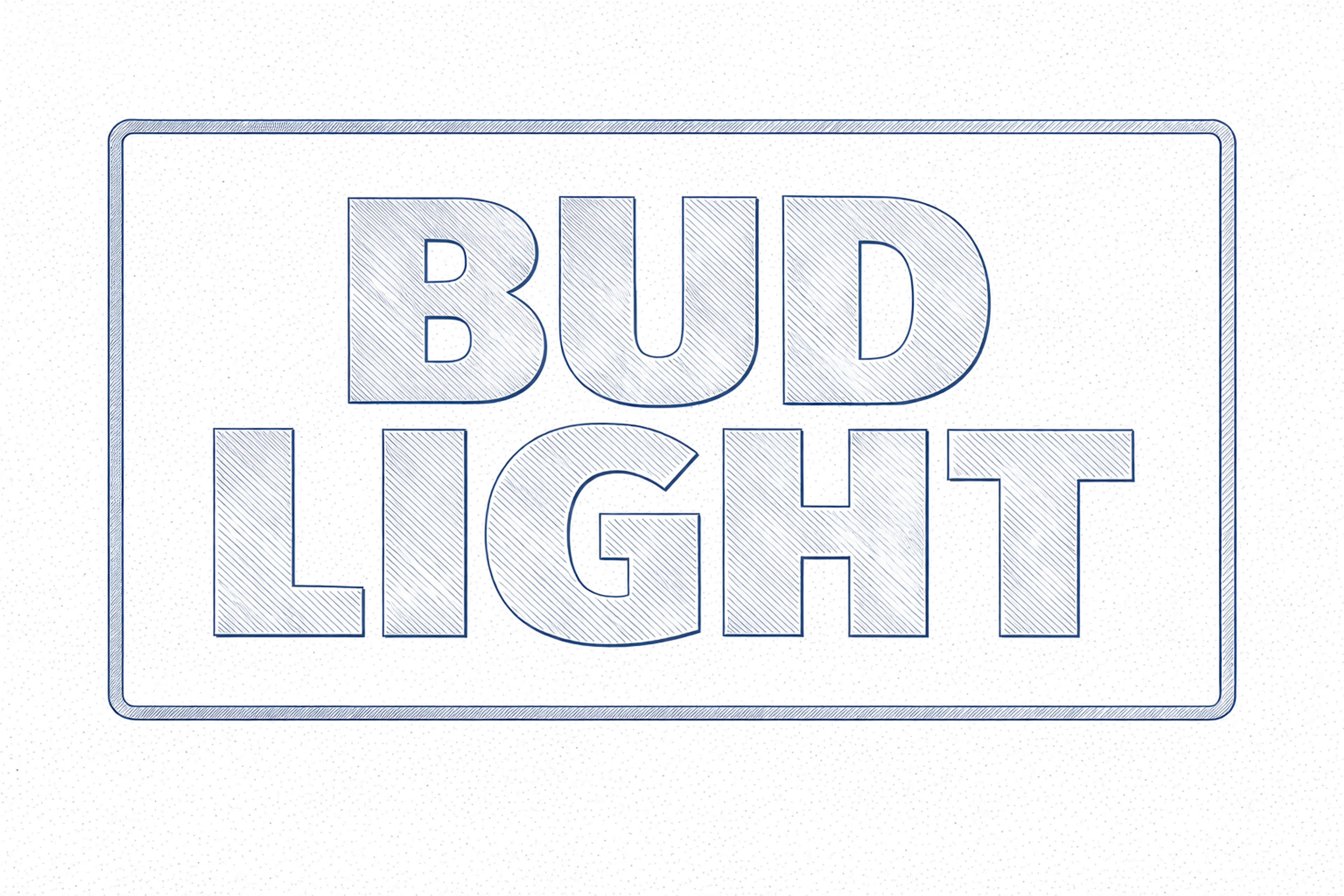
The brand’s identity started to dissolve. The myriad of flavor, style, and strength options turned the simple task of understanding the brand’s core message into a branding maze, compromising consumer’s decisiveness and eroding brand loyalty.
When a business with a strong pre-defined identity overstretches itself, it can lose its value proposition and identity. Take Bud Light, for instance. In attempting to cater to virtually everyone, they created an assortment of products that bombarded their customers with choices and left them confused as to what they actually stood for.
The brand, once touted for being a crisp, refreshing beer, was now overpowered by the myriad of options that further deviated from the core vision, creating immense distrust and disloyalty.
Anheuser-Busch expanded the Bud Light line to recharge its sales, which, as expected, came with its own set of challenges. Yes, new options and Bud Light’s variants might reach different consumers, but there is an enormous risk of oversaturating the market to the detriment of the brand image.
Bud Light must consider other approaches that allow meaningful expansion. Rather than attaching the Bud Light name to every spin-off, Bud Light could have fostered distinct brands for each product. Accomplishing this would allow Bud Light to reap the benefits of market expansion without being tarnished by the new policies.
The most important lesson learned: although significant, innovation fails when there is excessive diversification for better reach on the brand’s goodwill. In today’s competitive environment, it is glaringly apparent that having a singular and strong, consistent stance works wonders in the long run.
Kodak
Kodak was once the indisputable ruler of film photography. Every household had one of its iconic yellow boxes. However, Kodak's downward spiral began upon the invention of digital technology. Kodak was the first company to invent a digital camera, but they hesitated because they feared their profit-yielding film business would suffer.
Kodak
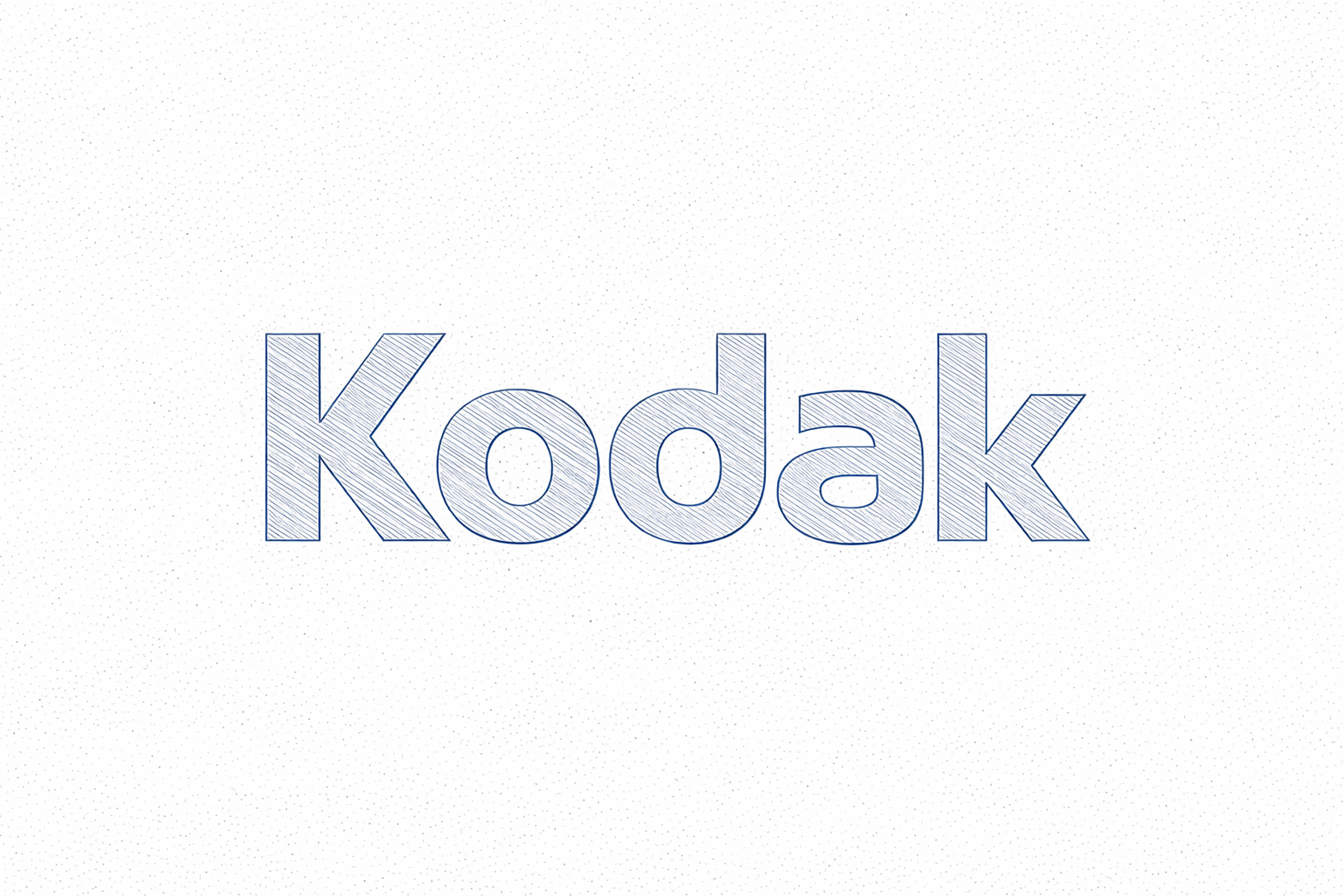
Class A film competitors like Canon, Sony, and Nikon seized Kodak's digital technology opportunity, leading to a complete loss of market and consumer trust. In stark contrast to the now Guinness World Record bankrupt innovator, consumers switched to owning portable phones equipped with high-quality cameras. Ultimately, Kodak fell into bankruptcy in 2012.
Kodak's story serves as a lesson for companies who have reached peak market: do not support outdated business models. The consequences are bound to be catastrophic. Businesses across all sectors must embrace innovation, even if it means loosening their grip on their pre-existing idea of success.
Allow companies to hyper-focus on staying relevant to industry technology breakthroughs, claiming obsolete translates to dormant entities. Business portfolios must undergo constant self-evaluation and change to meet trends set forth by unseen customer demands. Following the Kodak case study, it is evident that innovation is required and cannot be disregarded.
Toys "R" Us
Business pros often point to Toys "R" Us as the textbook case of misreading the market. Once the biggest name in the toy world, the company never found its footing in a fast-changing landscape, ultimately ending its existence.
Toys "R" Us
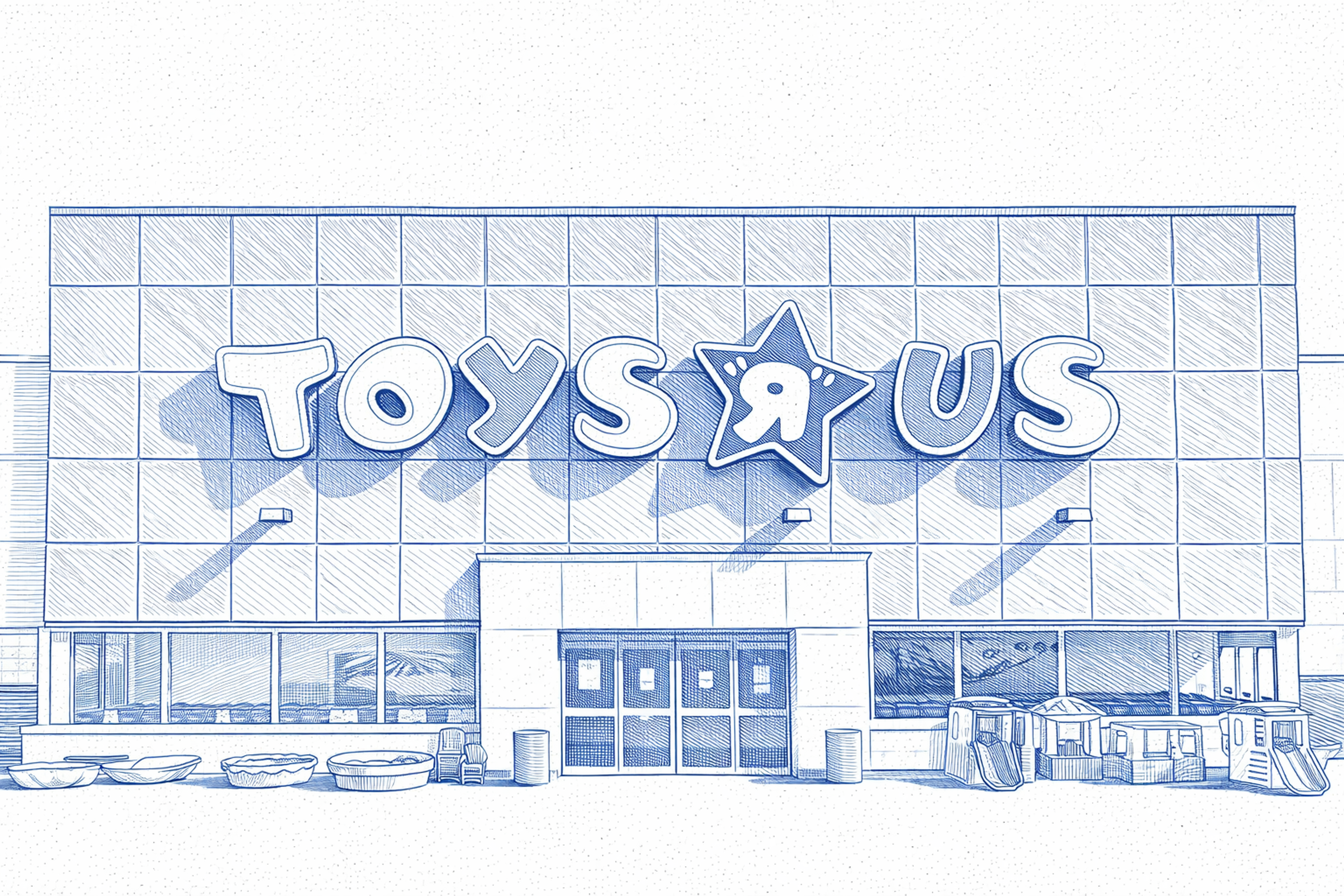
Toys "R" Us was famous for its giant stores, packed with aisle after aisle of bikes, dolls, and board games. Lots of grown-ups still cherish the memory of visiting those blue-roofed behemoths as kids. Yet, with online shopping exploding and the company clinging to its old-school brick-and-mortar setup, it squeezed the last bit of growth out of its business. The giant eventually filed for bankruptcy in 2017.
Today, the collapse of Toys "R" Us drives home a simple truth: the businesses that keep up with the modern world are the ones that thrive. Depending only on a warehouse-style store was never going to work in an era when customers expect speed, tailored experiences, and one-click ordering.
These days, when shopping on a smartphone can outsmart any big store, a brick-and-mortar store alone cannot compete.
Adaptability isn't optional anymore — it's the only way to survive. Connecting the online world to the physical store lifts a company and the whole market.
In this landscape, Toys "R" Us operated as if the shift wasn't happening, while its competitors had to confront the uncomfortable truth: stick with the old way, and you will vanish. A push to unify its physical and online shopping environments might have rewritten its story even a few years earlier.
FAQ
What Is The Main Reason For Brand Failure?
The main reason for brand failure is a disconnect between the brand promise and customer experience. When expectations aren’t met, trust erodes and loyalty declines.
Why Do Most Brands Fail?
Most brands fail due to poor differentiation, inconsistent messaging, lack of market research, and failure to adapt to customer needs or industry changes.
What Makes Branding Ineffective?
Branding becomes ineffective when it is inconsistent, unclear, or irrelevant. Overpromising, neglecting customer insight, or failing to deliver on values weakens impact.
What Are The 5 C’s Of Branding?
The 5 C’s of branding are Clarity, Consistency, Commitment, Creativity, and Customer-centricity. Together they ensure strong, lasting, and adaptable brand strategies.
What Causes A Death Of A Brand?
A brand “dies” when it loses relevance, trust, or visibility. This can result from ignoring competitors, neglecting innovation, or failing to maintain customer connection.
Read more:
Conclusion
The downfalls of famous brands showcase critical insights into innovations, adaptability, and maintaining a relationship with consumers. It is imperative that companies change with the times — adopting new technologies and strategies — because losing relevance is a business death sentence.
These lessons remind us that winning is more than holding on to the status quo. A brand must be flexible enough to shift, try new things, and innovate. By studying these failures, brands will be better prepared to face the challenges of the current marketplace and achieve sustained growth. The key takeaway is that understanding and learning from these failures is essential for brands to remain authentic, consistent, and in tune with their audience.


About Clay
Clay is a UI/UX design & branding agency in San Francisco. We team up with startups and leading brands to create transformative digital experience. Clients: Facebook, Slack, Google, Amazon, Credit Karma, Zenefits, etc.
Learn more

About Clay
Clay is a UI/UX design & branding agency in San Francisco. We team up with startups and leading brands to create transformative digital experience. Clients: Facebook, Slack, Google, Amazon, Credit Karma, Zenefits, etc.
Learn more


